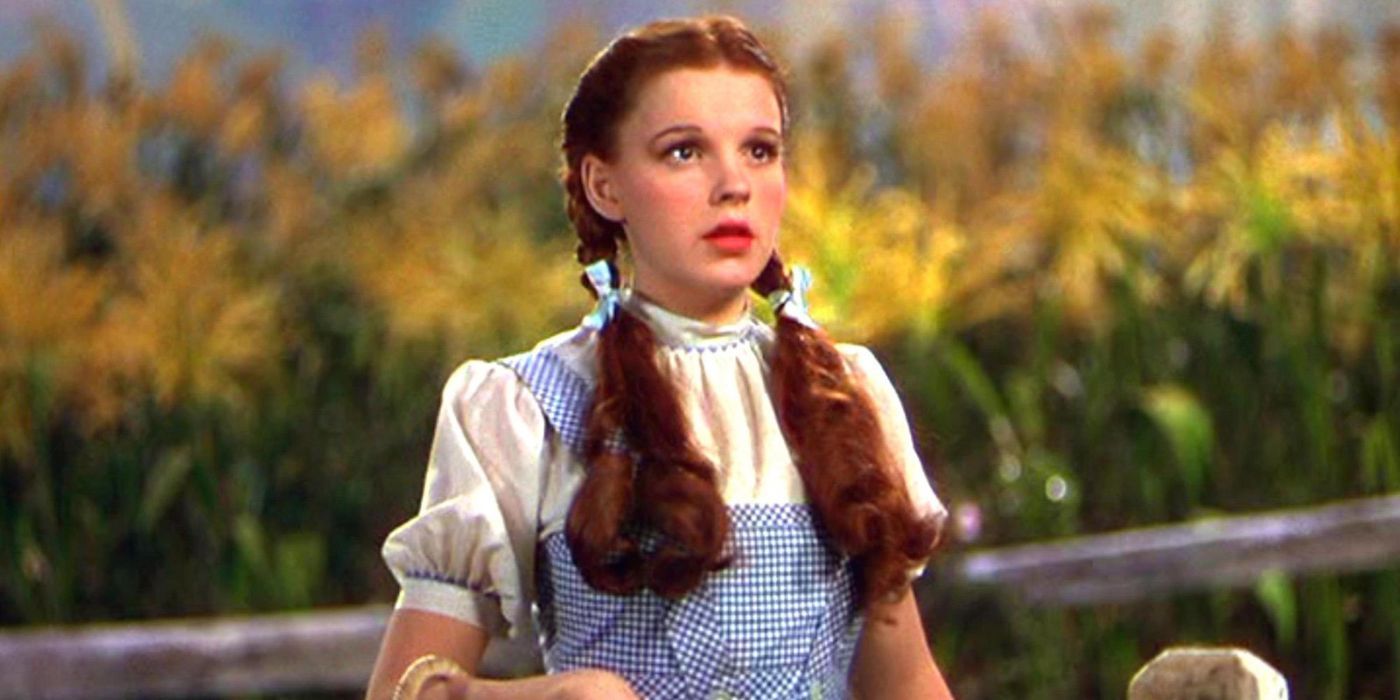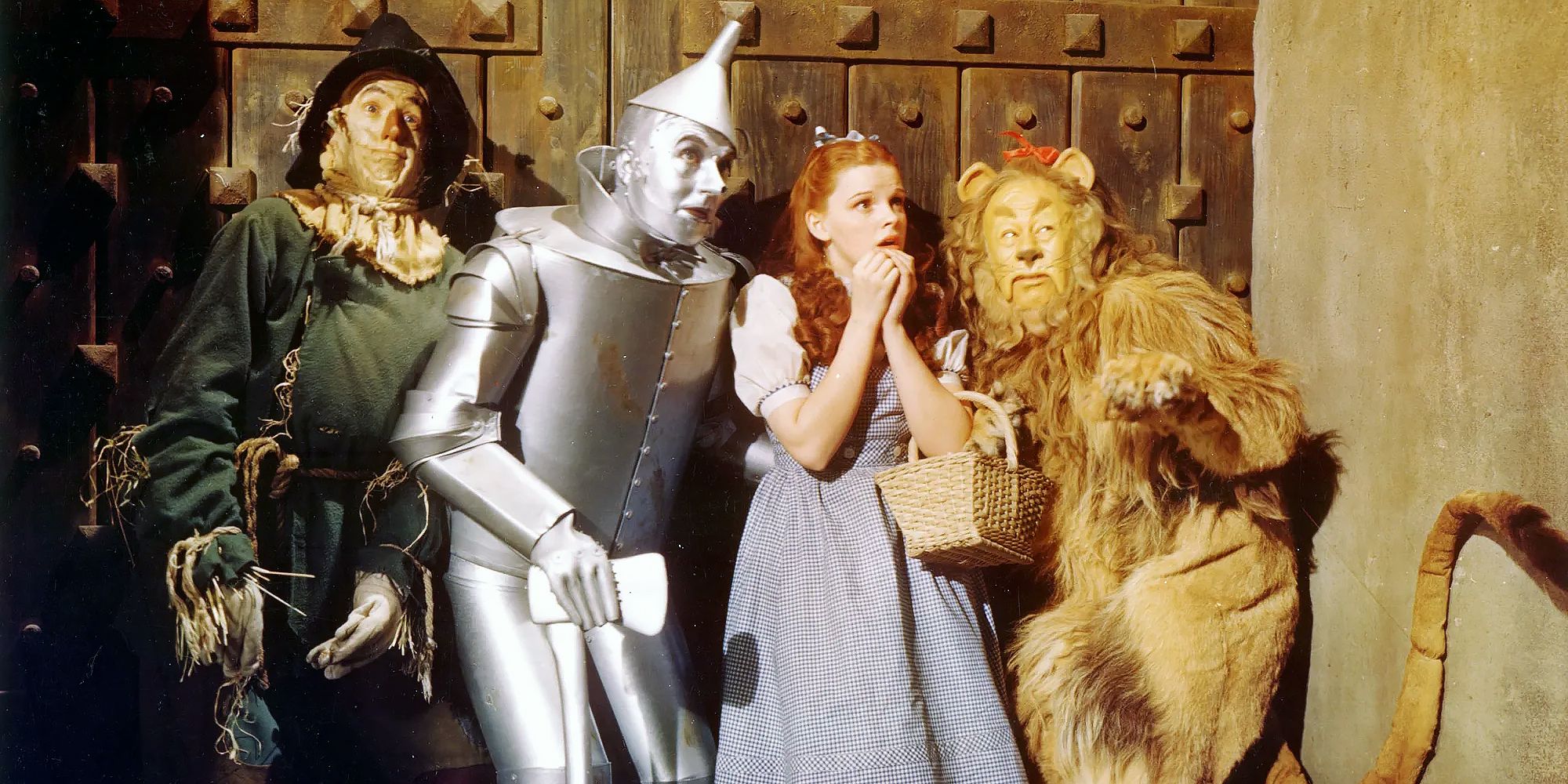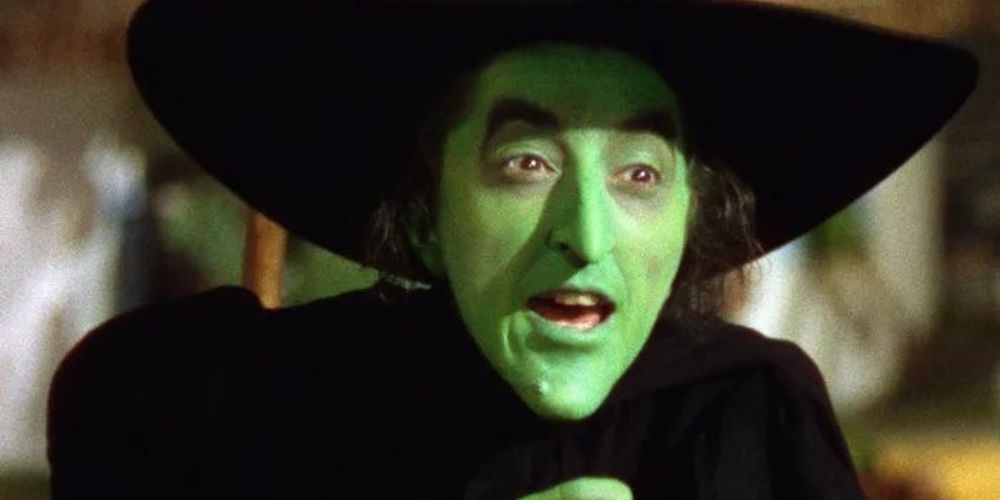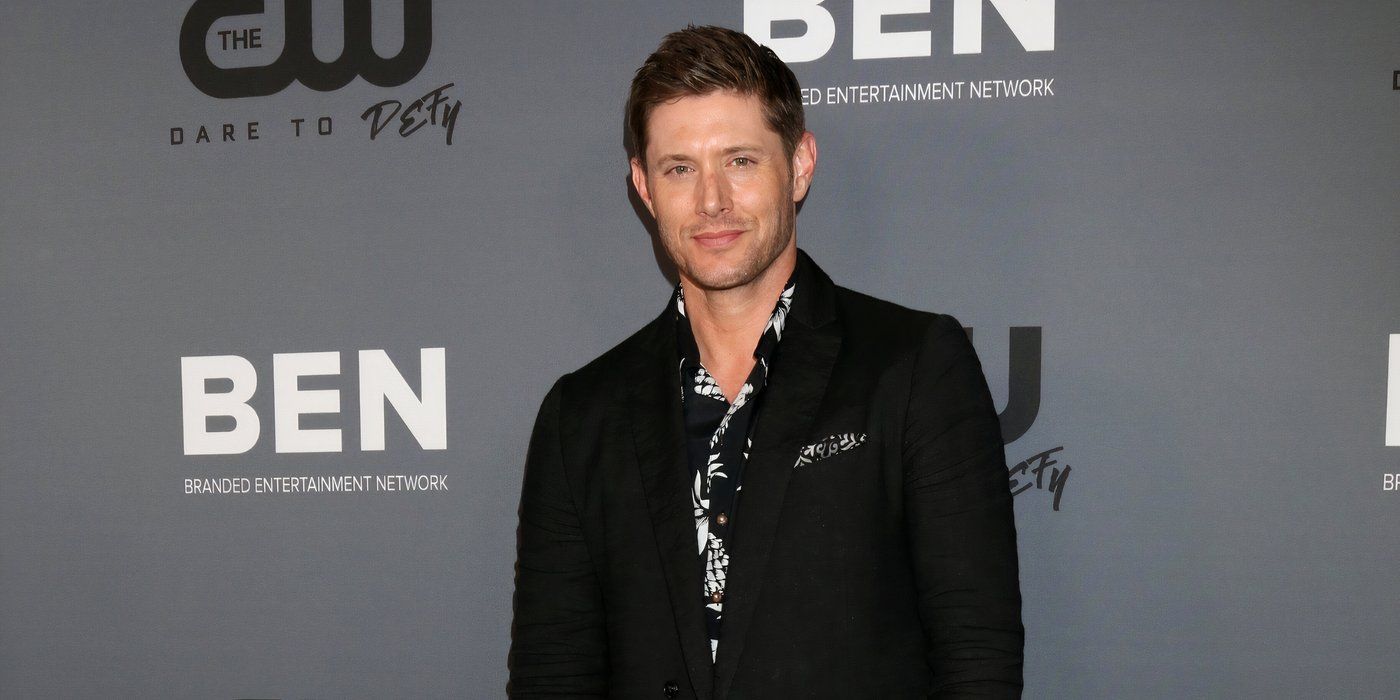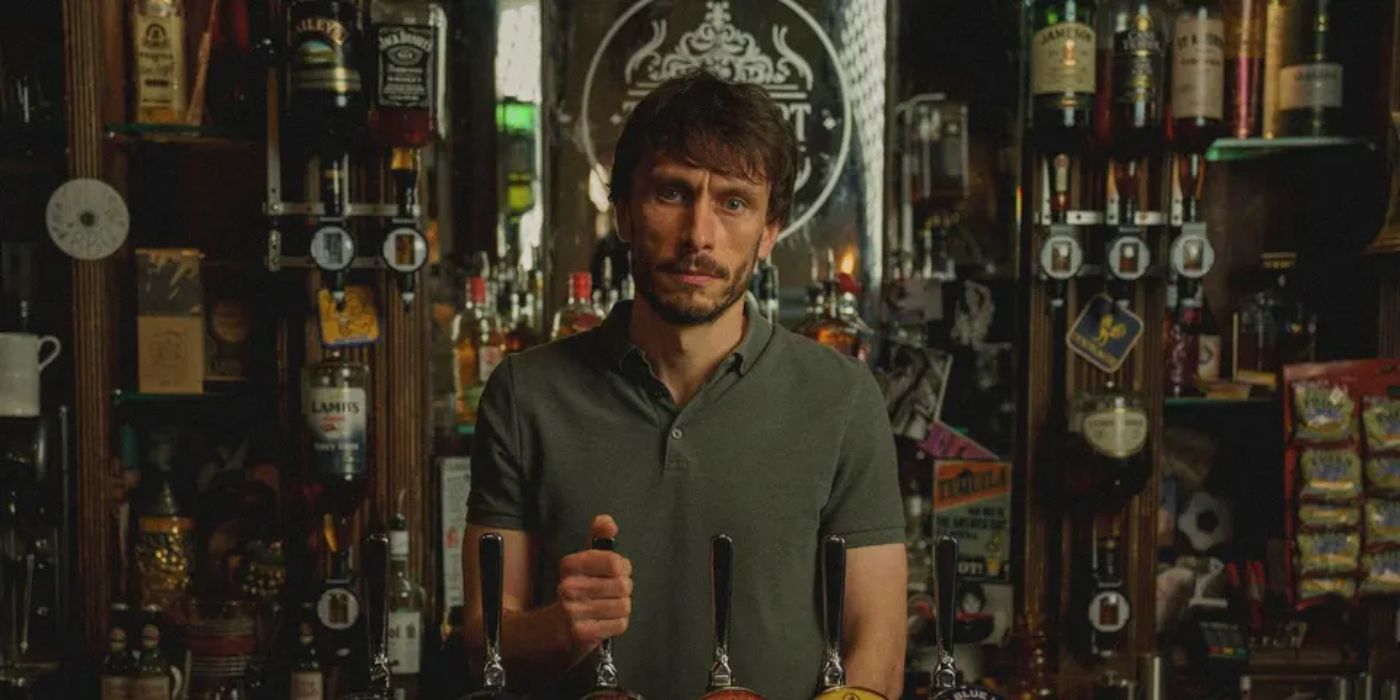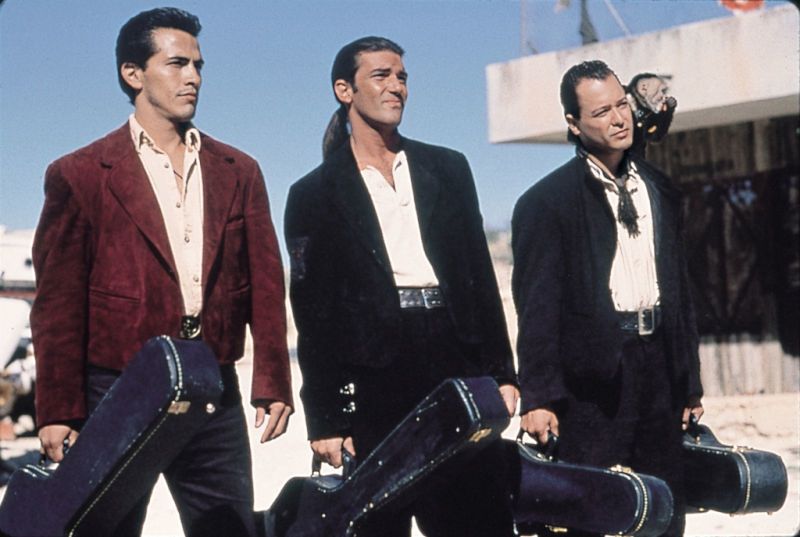The Big Picture
- Making The Wizard of Oz in 1939 was a groundbreaking feat of filmmaking with innovative special effects, despite the stressful and dangerous conditions on set.
- The cast and crew, especially Judy Garland, suffered extreme stress during production.
- The film had serious on-set injuries, including Buddy Ebsen being poisoned by aluminum dust and Margaret Hamilton catching on fire during a scene, highlighting the difficulties faced in creating the iconic special effects.
Despite being one of the greatest movies ever made, it was no easy feat making The Wizard of Oz. Even by today’s standards, this 1939 classic holds up as an impressive feat of filmmaking. We all love its well-crafted story and fun cast of characters, and even its special effects have managed to remain charming in 2023. That said, in the ’30s, this movie was nothing short of groundbreaking. All kinds of tricks and techniques had to be made in the middle of production to bring the land of Oz to life. As interesting as that sounds, it made for a hellish, stressful atmosphere on set. Not only that, but there were loads of issues behind the scenes keeping the people on board that were making the movie. Sometimes, a classic movie comes together easily, but in the case of The Wizard of Oz, it was a total nightmare.
‘The Wizard of Oz’ Remains One of the Most Iconic Films of All Time
In 1939, filmmaking wasn’t quite in its earliest years, but in the case of the fantasy genre, things were largely left untapped. There were occasional releases like the game-changing film Metropolis (which was science fiction but still relied heavily on special effects), Faust, and Universal’s line of monster movies, but by and large, cinema was dominated by dramas, comedies, romantic films, and thrillers. Any time one of these fantastical projects came along, audiences would flock to the theater and marvel at their amazing achievements. Today, we’re still in the dark as to how the filmmakers behind movies like Metropolis and Faust crafted their worlds, and there’s a chance we’ll never have the full picture. That said, what’s important is that they did innovate the medium.
The Wizard of Oz is one of these pictures. We all know how the story goes. After a tornado rips through her town, Dorothy (Judy Garland), a young girl from Kansas, and her dog Toto are transported to the land of Oz, where they are joined by the Scarecrow (Ray Bolger), the Cowardly Lion (Bert Lahr), and the Tin Man (Jack Haley), as they go on a quest to find The Wizard of Oz (Frank Morgan). This film has the kind of lifespan that most movies dream of having. How many titles can you name that are over 80 years old, being introduced to kids to this day, and continue to win over modern audiences this long after their initial release? Well, getting to this point was no easy feat — not by any stretch of the imagination.
The Cast and Crew Suffered From Extreme Stress During Production — Especially Judy Garland
Because there were hardly any big fantasy movies made by 1939, the filmmakers behind The Wizard of Oz had to figure out a lot of their approaches to special effects during production. According to Aljean Harmet, the author of The Making of The Wizard of Oz, “There were no unions, at that time. Stars and lesser players were indentured servants for studios.” That meant that the actors and people behind the scenes had less of a platform to stand on when it came to saying no to certain practices. Compared to today, movie sets were the Wild West. The pay was ridiculous, special effects practices were dangerous, and whatever it took to finish a movie was in the cards.
For starters, Judy Garland, who was only 16 during production was constantly taking uppers and downers to keep her going through the film’s taxing shooting schedule. This meant taking drugs with a stronger effect than drinking coffee, but also taking sleeping pills to keep her going at all times. Garland would go on to have a reported history of drug-related issues, so these early experiences of using because of the nature of making this movie is a real shame. Apparently, the making of this classic was so strenuous that the film went through a number of directors, including King Vidor (who directed the black and white sequences), and the film’s credited director, Victor Fleming. This constant change in leadership behind the scenes couldn’t have made things any easier for the cast and crew.
‘The Wizard of Oz’ Had a Number of Serious On-Set Injuries
The film wasn’t simply stressful. Loads of movies are stressful to make, to a certain degree! The Wizard of Oz isn’t like other movies, though. Pulling off the special effects for this movie was the most difficult aspect of them all, and ended up harming many of the actors in the process. Buddy Ebsen, the original performer cast as the Tin Man, was sent to the hospital nine days into the shoot after accidentally ingesting and getting poisoned by the aluminum dust that was used to give him his metallic look. According to the South Florida Sun-Sentinel (via Vanity Fair), he was “screaming from violent cramping in his hands, arms, and legs. When he had difficulty breathing, his wife called an ambulance and rushed him to the hospital. He remained in an oxygen tent for two weeks, recovering from the pure aluminum he had ingested into his lungs.” It’s safe to say that he left the movie for a good reason. Ebsen was replaced with Jack Haley, who then had to have his eye medically treated after getting infected by the aluminum paint mixture that he was regularly covered in.
Then, there’s Scarecrow actor Ray Bolger, who was left with burlap scars around his face after taking off the rubber prosthetic mask that he wore on set. Margaret Hamilton, who played the Wicked Witch of the West, was also affected by her makeup. She claims that her makeup seeped into her skin and stayed there for months, giving her an odd complexion that she ended up bearing for a while after the film wrapped.
That isn’t the end of the troubles for the Wicked Witch, though. In one of the many scenes where her character escapes in a flash of light, Hamilton’s clothes caught fire. This was due to the crew starting the effect before Hamilton could walk away, a mishap that ended up igniting several parts of her face, and even burned the skin off of her hand. She couldn’t even drive herself home that day — a friend had to come pick her up. Hamilton returned to set six weeks later, but because the nerves in her hand were exposed, she had to wear a green glove for the rest of production. Upon returning, she was asked to film a scene that would involve pyrotechnics. She refused, only for her stunt double, Betty Danko, to be burned instead. What a nightmare!
If there’s any film set that you could visit in history, I doubt it would be The Wizard of Oz. Still, it lives on as one of the greatest movies of all time and doesn’t seem to be waning in popularity any time soon. We can flinch at these terrifying behind-the-scenes stories now, but more than anything, we should be impressed by everyone’s final work that they turned in. This is one of the cheeriest movies ever made! How these people never showed the pain that they were going through, I’ll never know. As horrible as it all sounds, their perseverance paid off because at the very least, we ended up with a bona fide classic.

